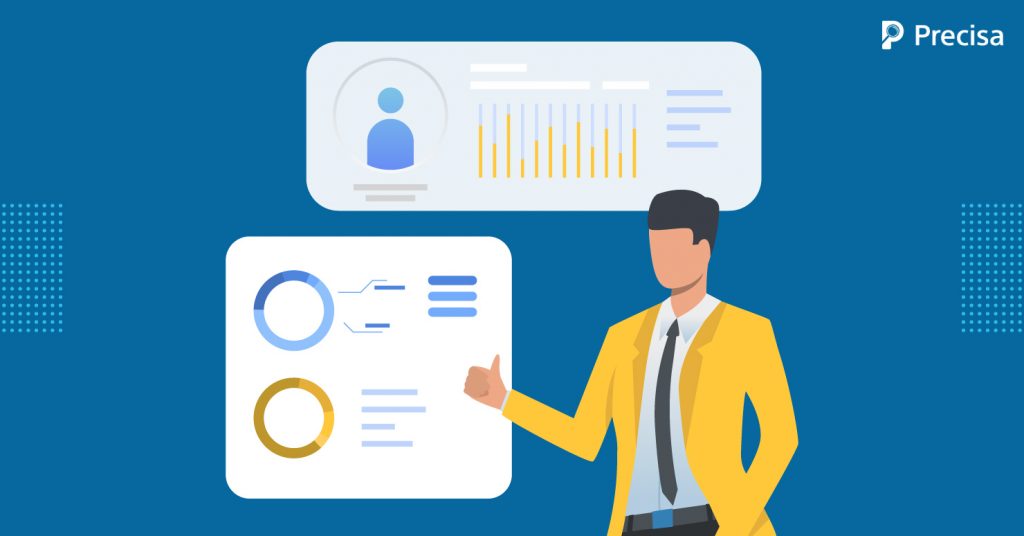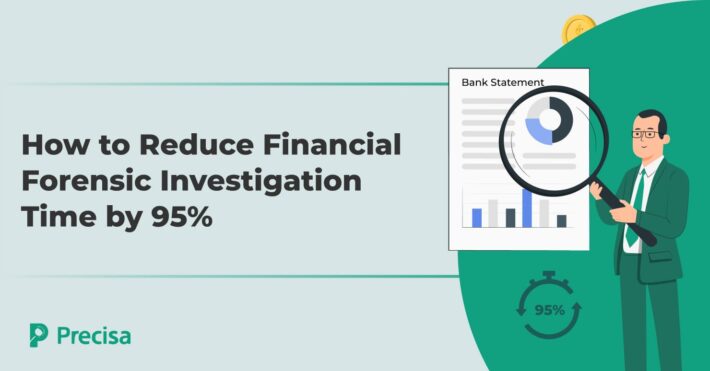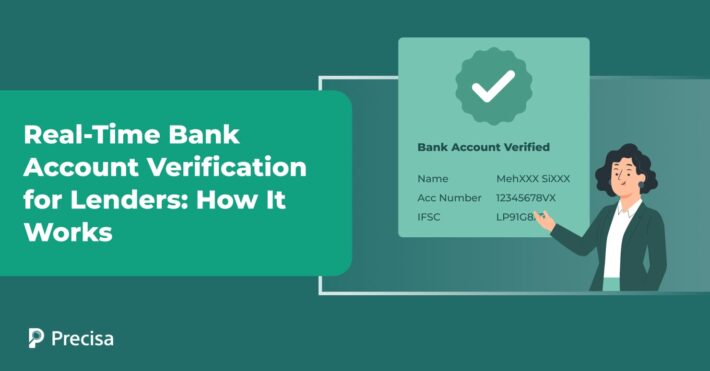Here’s Why You Need to Automate Commercial Underwriting

With the advent of the Internet of Things (IoT), Artificial Intelligence (AI), chatbots, among others, you can say automation is everywhere. For example, underwriting used to be a time-consuming and lengthy process for customers who relied on traditional banking and other offline sources for loans. However, with digital platforms now making lending available, underwriting has also evolved to meet customer expectations.
Automated commercial underwriting employs algorithms that eliminate the need for human decision-making and reduce the likelihood of human error. Lenders, today, are widely implementing automation to promote process optimisation and be able to handle all types of loan applications.
Automation in Commercial Underwriting is Here to Stay
To meet changing consumer needs, the lending industry has altered its whole lending process to provide customers with a faster, more stable, and streamlined borrowing experience. The increase in the number of tech-savvy customers, increased digital connectivity, and more innovation are the primary drivers that have fuelled the expansion of digital lenders.
According to TransUnion CIBIL Market data, in 2020, Indian FinTech companies disbursed more than twice the loan amount to millennials and Gen Z consumers under the age of 30 compared to traditional banks (Outlook India). Fintechs have therefore revolutionised several processes, but most notably, they have altered the face of underwriting.
Benefits of Automating Your Commercial Underwriting
As consumers increasingly turn to digital channels during lockdowns and quarantines, enhancing the digital experience for lenders becomes increasingly important. As a result, several lenders have begun to use automated underwriting to improve lending attractiveness, efficiency, and compliance.
Here are some key reasons why adopting robust, automated underwriting enables faster, cheaper and more effective credit underwriting.
1. Improved Decision-Making
Traditionally, the credit score was used as a benchmark to evaluate or underwrite a person’s creditworthiness. However, using automated underwriting, decisions are made based on in-house proprietary algorithms to assess applicants. These algorithms assist in examining numerous aspects of a person’s credit record.
Credit managers employ social scoring algorithms to improve the accuracy of their decisions. The use of technology allows them to better understand the applicant’s lifestyle, spending habits, work stability, etc. As a result, decision-making is not just quicker but also smarter.
2. Consistency
Automation allows the lender to customise the underwriting and disbursement of the loan while adhering to established standards. Many lenders have their interpretations and versions of the underwriting policies, which may affect the process.
Commercial underwriting automation guarantees that these occurrences are kept to a minimum throughout the process. Furthermore, there may be other risk variables involved with the loan process that conventional underwriting may overlook; however, automation does not overlook all of these factors.
3. Improved Workflow
An application cannot be impeded by manual intervention after it has entered the workflow. In addition, the availability of a uniform workbench makes it easy to pass the process forward to all the loan underwriting stakeholders in a seamless manner.
Speedy approvals and streamlined processes across the lending lifecycle, from application to final repayment, resulting in more accurate outcomes and lower lending costs.
4. Compliance and Fraud Detection
The automation of the procedure reduces fraud systematically and substantially. Predictive analytics is used to track the risks associated with loan underwriting and disbursement. Commercial underwriting automation detects possibly fraudulent transactions and instantly raises concerns
Periodic changes to underwriting norms and rules are possible, and they could have a cascading effect on the entire underwriting process. A sophisticated automated lending platform will allow revised rules to take effect across the whole system, in addition to raising red flags.
5. Better Scalability
Commercial underwriting is a complicated procedure requiring a thorough knowledge of regulatory guidelines, risk factors, credit evaluation, and technical components. As a result, too much time is spent on repetitive tasks, and personnel costs increase. Hence, automating repetitive and standardised loan applications enable lenders to expand and scale their operations.
6. Portfolio Yield
Automated underwriting creates the framework for predictive models that determine optimal lending rates and terms and assist lenders of all types in increasing portfolio yield by identifying the most profitable customers.
7. Ease in Auditing
Auditing of underwriting institutions is important since it ensures improved governance. In addition, automation in commercial underwriting makes auditing hassle-free and streamlined. Errors are also less likely, and detailed and comprehensive auditing keeps fraudulent transactions at bay.
8. Paper-Free Loan Approval
Lenders can eliminate a lot of superfluous paperwork by automating the commercial underwriting process. Physical papers will be minimal, resulting in less storage space, lower imaging costs, and reduced delivery costs. In addition, a data-driven set of criteria goes a long way toward eliminating paper and reducing instances of signature forgery or misrepresentation.
Conventional underwriting, which includes manual verification and bank statement analysis, is challenging for lenders. It is replete with problems and risks. In addition, manually sifting through dozens of relevant documents is time-consuming.
By digitising the account statements analysis, lenders can overcome most of the problems. With a digital bank statement analysis tool like Precisa, you can access faster, accurate, reliable, real-time information. Lenders can use it to make data-driven decisions.
Takeaway
By leveraging automated commercial underwriting, lenders will be able to underwrite standard and straightforward applications in a fraction of the time. This frees up human underwriters to work on more complex cases. By optimising resource allocation, lenders can process a wide range of loan applications, provide customised services to borrowers, and develop their business in the long run.
Precisa’s bank statement analyser creates a unified report of a borrower’s creditworthiness by sifting through enormous amounts of data in seconds. This gives a holistic picture of the borrower’s financial soundness.
While processing the loan, this technology assists lenders in extracting data to conduct an analysis and make informed, calculated decisions. It can also be easily integrated into existing loan origination systems. This leads to more transparency and accuracy
To know more, sign up for a free trial today!




